Ogakumonjo
| Establishment | Kyoto Imperial Palace |
|---|---|
| Type | Building |
| Period | Ansei era |
| Construction Date | 1855 |
| Structure | One-story wooden structure with Hinoki cypress-bark-shingled roof |
The current Ogakumonjo, like the
The Ogakumonjo was first seen in the Imperial palace during the Nanboku-cho period (1336-1392). It became an independent building during the Edo period, specifically from the Keicho-era Imperial Palace (1613). In the Keicho-era Imperial Palace, activities and ceremonies such as calligraphy practice, waka poetry gatherings, and reading sessions were regularly held here. Initially, these activities were to enhance the education of Emperor Gomizuno-o himself and court nobles in close attendance. To the north, there was a large library. This library was easily accessible by a corridor from the Ogakumonjo and the Otsunegoten located to the west.
Afterwards, it was rebuilt seven times due to fires, and its scale and form changed with each era. The Ogakumonjo from the Hoei-era Imperial palace came to resemble the current Ogakumonjo.
The current Ogakumonjo, constructed during the Ansei era, was used for academic and artistic ceremonies such as Otokusho-hajime (First Reading Ceremony) and waka poetry gatherings. It also served as an audience chamber and a temporary residence during the restoration of the Otsunegoten. Emperor Komei met the Shoguns Tokugawa Iemochi and Tokugawa Yoshinobu here. Years later, the "Edict of the Restoration of the Imperial Rule" was issued here on December 9, Keio 3 (1867) in the presence of Emperor Meiji.



